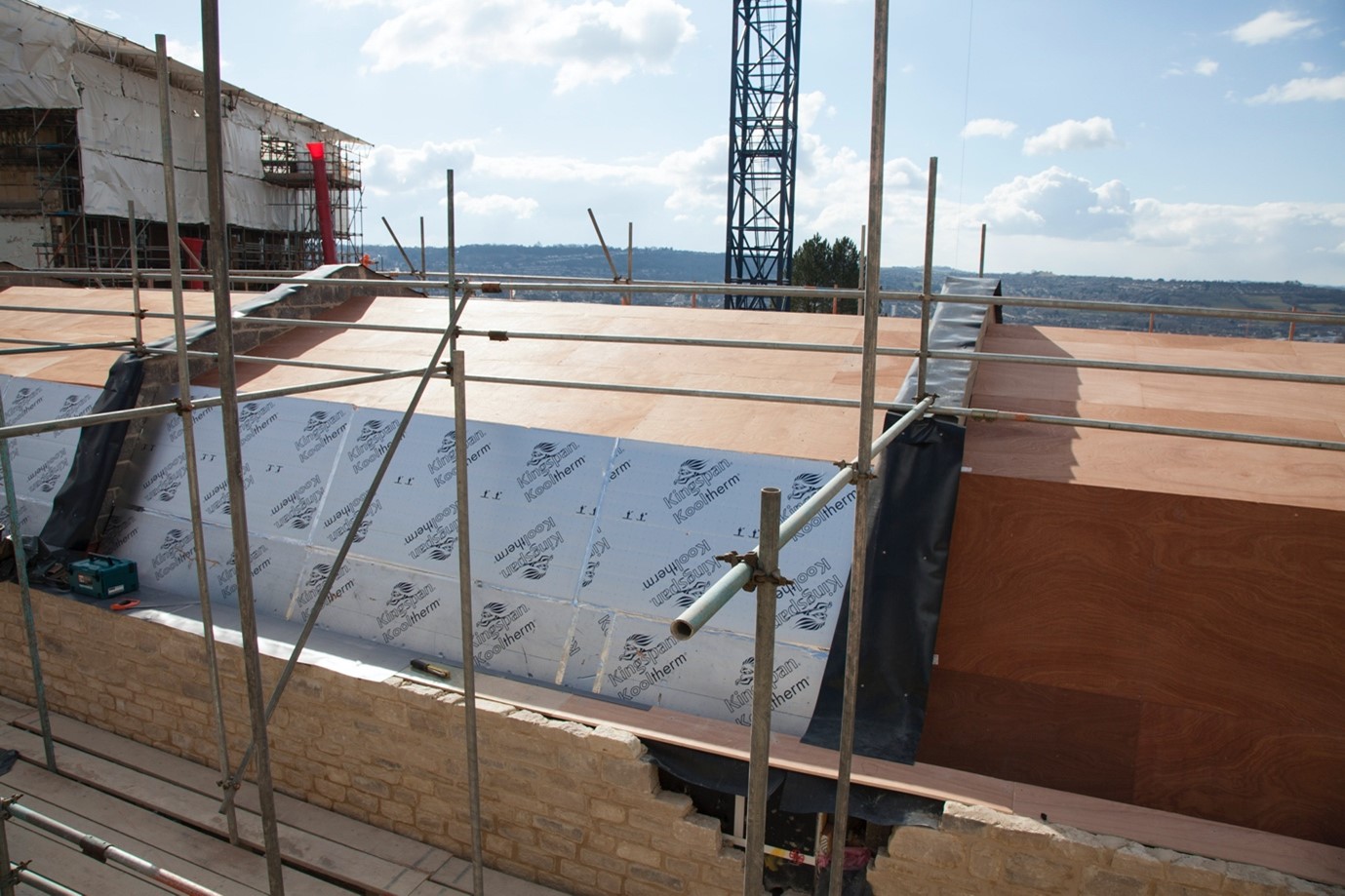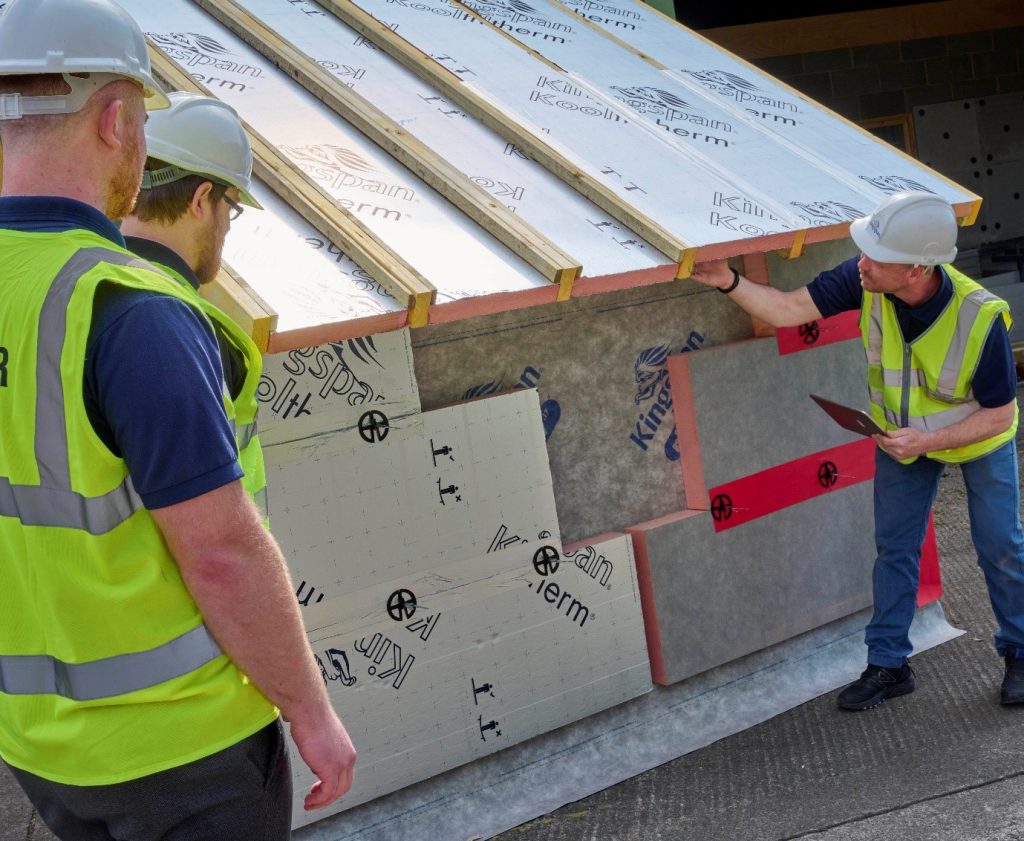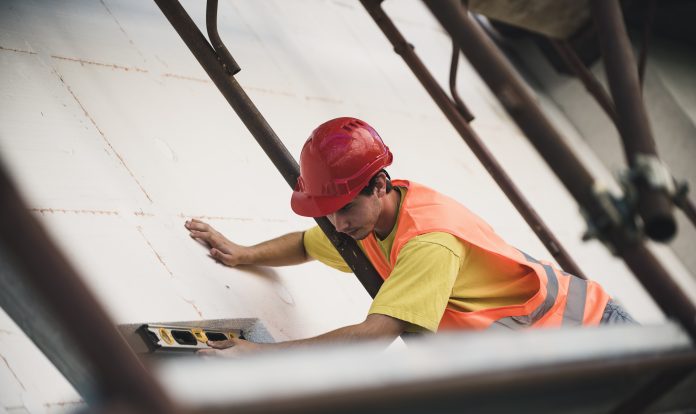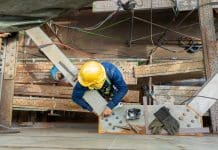Over the past year, the UK has implemented changes to building standards governing the energy performance of buildings. As changes aim to close the building performance gap, project teams must now submit compliance reports for new build projects
Over the past year, England, Scotland, and Wales have all introduced updates to their Building Regulations and Standards governing the energy performance of buildings. In addition to setting more ambitious targets for carbon emissions, these changes have focused on closing the building performance gap between the expected and actual energy performance of buildings.
This gap can be significant, with research showing that the actual space heating demand for homes built to the previous regulations could be between 100-150% greater than expected at the design stage.
This underperformance is often related to issues with the building fabric and the quality of installation. One way the English and Welsh governments are looking to address this is by introducing a requirement for project teams to submit compliance reports on new build projects.
For domestic builds, these include a requirement to photograph each key junction within a property to prove what was built matches the specification.
What causes the building performance gap?
There are a few obvious ways that issues with the building fabric can lead to underperformance.
One is where the specified materials are substituted for lower-performing alternatives.
For example, the key performance metric for insulation materials is their thermal conductivity (lambda value). The lower this value, the more effective they are at preventing heat loss. This means that if the specified insulation material is switched for an alternative with a higher thermal conductivity, the construction will likely allow more heat loss than anticipated.
Another key potential issue is where thermal bridges occur.
These are areas where materials which are more conductive to heat than the insulation are allowed to form a bridge between the inner and outer face of a build. They commonly occur at junctions between the different building elements and around openings such as windows and doors.
For example, a gap being left in the insulation layer around the window reveal. These areas essentially act as a fast-track for heat to escape and can account for as much as 30% of total heat losses.
Getting detailing right can reduce fuel bills and carbon emissions. However, getting it wrong can make it harder to comply, a home more costly to heat, and can lead to problems of localised condensation and mould growth.
The new compliance reports are designed to help tackle these areas by requiring proof that the insulation measures match up with the original specification and have been properly installed.
What are the different types of compliance reports available?
There are separate compliance reports for new domestic and non-domestic properties. The domestic reports are referred to as BREL and BRWL in England and Wales. In both countries, reports for non-domestic properties are known as BRUKL reports.
The reporting format is similar regardless of the building type, with project teams required to submit a Design Stage Report and an As-Built Report to Building Control for review. The Design Stage Report will clearly state the performance targets the building must meet (covering aspects such as carbon emissions and Primary Energy) along with the expected performance of the property.
The energy modelling used to calculate this considers various aspects of the building, including the specified insulation materials and their details. It also calculates expected heat loss from thermal bridging at key junctions within the building (known as Psi-values).
The As-Built Report should clearly identify any changes from the original specification or construction details.
These can include a variety of supporting information, such as:
- U-value calculations, showing construction layers (materials, thickness and thermal properties), together with U-value corrections, e.g. any bridging, fixings, fasteners or other corrections;
- window U-values and g-values: evidence of the window properties as-built, e.g. a BFRC certificate;
- party wall U-values: evidence of edge sealing/detailing;
- air permeability test report or certificate;
- a copy of the details used, including any associated checklists. A confirmation that calculations have been produced by someone with suitable expertise and experience should also be included.
- evidence to support lighting performance; and
- evidence of performance and installation of any Solar hot water, PV, battery storage or community heating systems.
For domestic properties, there is also a requirement for developers to provide photographic evidence of key junctions before they are covered to prove that the materials fitted match the specification and have been installed per the detail.

Anyone can take photographs, but they need to be done at a point when the detail is complete and before it is covered up. The pictures should be unique for each property, and the same images cannot be used to cover multiple dwellings, regardless of whether the design or detail is the same.
What details should be photographed?
Appendix B of Approved Document L1 2021 (England) and 2022 (Wales) provides a list of typical details which should be photographed to show thermal continuity and quality of insulation. These include:
- the perimeter of the ground floor;
- structural penetrating elements in the wall (such as floor joists);
- eaves and gable edges;
- at openings such as the positioning of windows in relation to cavity closers; and
- any additional airtightness details not captured in the standard photography.
Geolocation should be enabled to prove this, along with the date and time of each image.
In some cases, multiple images may need to be taken in detail to capture it fully. The image file names should also include the plot number and a detailed reference number based on those provided within Appendix B.
There is no requirement for photographic evidence to be submitted for new non-domestic properties.
Why is it essential for installers so be as accurate as possible?
In all cases, the complete report must be signed off by the energy assessor and developer to confirm it is accurate and then submitted to Building Control. This means that any unreported changes to the building fabric or issues with workmanship could cause the building to be deemed non-compliant. This could potentially lead to costly remedial works.
Skilling up the workforce in response to Part L changes
The updates to Part L mean that installers now face increased scrutiny when fitting building insulation measures.
To support installers, Kingspan Insulation is now running Toolbox Talks, providing on-site advice and guidance on how best to handle and fit insulation in different applications.

The Toolbox Talks include on-site demonstrations, and the option for them to review any measures already fitted to check everything is correct.
For further information and technical support, please contact:
Tel: +44 (0) 1544 388 601

















